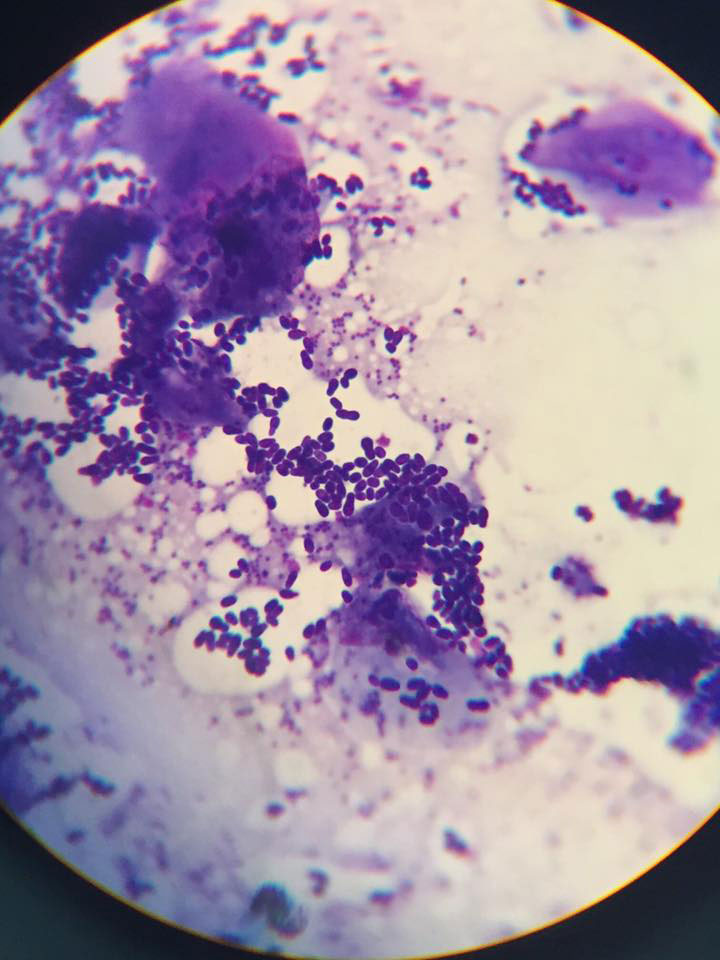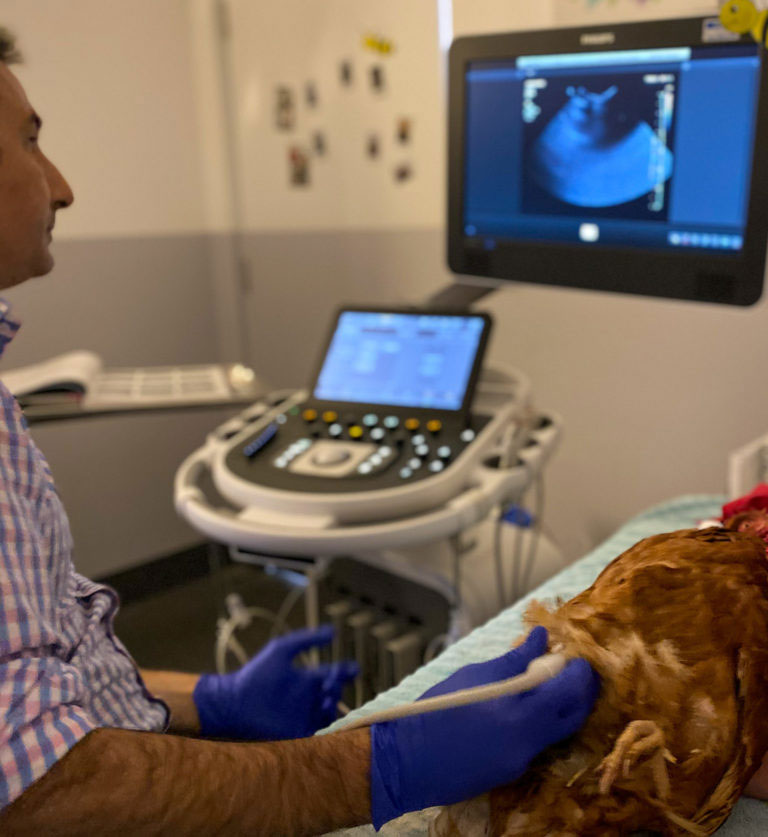Diagnosis & Treatment Planning
Diagnostic imaging uses electromagnetic radiation, as well as other technologies, to generate extremely detailed images of your pet’s internal structures.
At Sydney Veterinary Emergency & Specialists, our team have access to the most advanced diagnostic tools and equipment available.
With our ability to perform diagnostics under one roof, we have the ability to expedite treatment for your pet.


In-House Lab & Pharmacy
With our in-house laboratory, we can perform tests and get you results quickly, allowing us to assess your pet’s medical condition and start treatment planning. Our pharmacy features a wide range of medications and prescription diet foods, so we have immediate access to what your pet may need while in our care.




